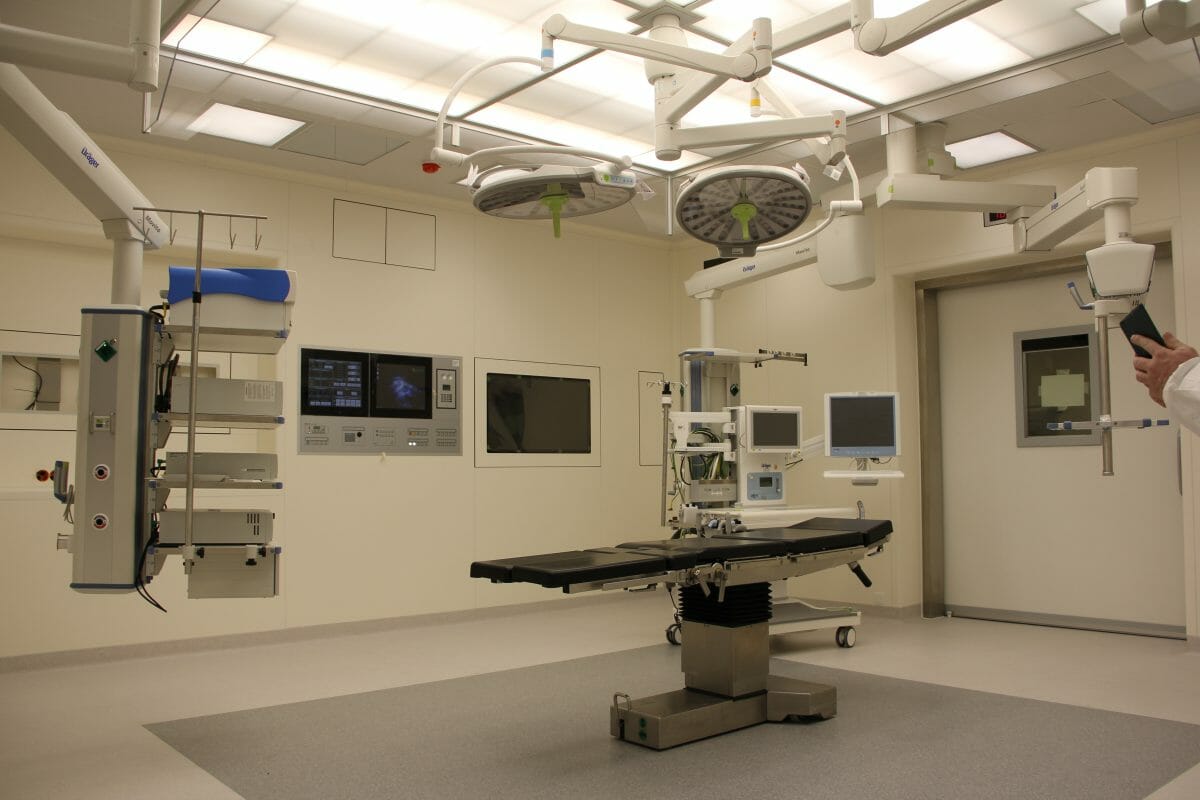While the overwhelming majority of medical treatment in the UK is dispensed without a problem, a minority amount to clinical negligence. In 2020/21, a total of 12,629 claims of clinical negligence were made against the NHS. As such, this is a significant problem. But precisely what measures might be employed to drag these figures down?
Part of the solution is likely to come from the world of technology, which can not only improve the quality of clinical care, but improve its efficiency, too. Patients might be seen more quickly, and given more effective treatments.
How technology is impacting medical negligence
There are a number of powerful ways in which the right tech might make our medical institutions more powerful. One particularly promising example is the use of artificial intelligence to examine images from patients, and detect cancers with a greater degree of accuracy than human radiographers. This is done using something called ‘swarm learning’, which is a form of machine learning which uses the aggregate of several different machine-learning intelligences, created separately at different hospitals using different data.
Naturally, in the case of cancers, early intervention tends to be significant in ensuring a positive outcome. Many clinical negligence claims centre around conditions like this being misdiagnosed, and harm being suffered as a result of the subsequent delay in administering treatment. This kind of step forward might therefore help to drive down the overall rate of medical negligence.
As well as diagnosis and treatment, technology might also help with administration – which ultimately plays a significant role in how quickly and accurately the eventual treatments are. Many cases of negligence result from miscommunication between medical professionals. Solid, reliable record-keeping software might help to avoid this problem.
The Rise of IoT and wearables
Another encouraging development is the proliferation of wearable technology among the general public. Smartwatches, like the Apple Watch 8, are able to continuously monitor a whole range of metrics. These include things like heart rate, blood oxygen level, and general activity. They can allow individuals to make better decisions about their personal fitness, which ultimately means better health outcomes and less opportunity for hospital negligence.
The data transmitted by wearable devices might also inform decisions when it comes to care. This reduces the scope for mistakes – provided that any flaws in the data are accounted for. We should attach a few caveats, however; wearable devices are expensive, and out of the reach of many. The rich, in other words, will reap the benefits of this particular advantage long before the poor do. It will take several years before the technology becomes viable and affordable for everyone.
With that said, we might have once said the same thing about smartphones, which are now ubiquitous at every level. It might be in the future that everyone has access to a continual ECG reading.
The use of AI
We’ve already touched upon one potential use of artificial intelligence, in radiography. But that’s just the tip of the iceberg. AI is also being used extensively by the pharmaceutical industry, in the development of new and more effective drugs and diagnostic processes. Artificial intelligence isn’t just being used to supplant and supplement human intelligence; it’s also being used to perform tasks that no human being can perform, like scouring through huge amounts of biochemical data, and arriving at novel solutions which might otherwise have proven elusive.
Augmented reality
Virtual reality is the practice of swapping the real world out for a fake one. It’s done using the help of a virtual-reality headset. Augmented reality is close to the same thing, except rather than replacing the real world, it supplements it. In a medical context, this is especially useful in the world of surgery, where surgeons might have access to important pieces of information while keeping their hands free. It might also be used for training purposes, helping new recruits to improve their competencies. In both cases, the ultimate rate of failure would be driven down.


